Zortrax Prints Medical Helmets for Polish Paramedics to Fight COVID-19
First 100 medical helmets 3D printed at Zortrax HQ will soon get delivered to paramedics at the Polish Red Cross (PRC). “In the current situation we accept all help we can get. This equipment will protect our personnel fighting with the COVID-19 pandemics”, says Bartosz Romanowski, a PRC paramedic who approached Zortrax with a query about printing the helmets.
3D Printing vs COVID-19
3D printing medical equipment is a growing bottom-up trend in the recent weeks with various organizations and people using their own 3D printers to fabricate medical helmets, Venturi valves, and other necessary aids like simple ventilators. To support this effort, Zortrax has been cooperating with the PRC to pinpoint the optimal, 3D printable design of a medical helmet.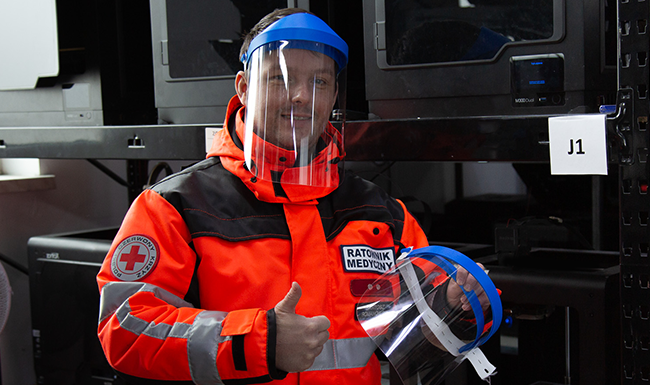 Once the design’s got right and accepted by the paramedics, the .stl files have been shared with the community, and a large scale 3D printing operation has been launched to fabricate the helmets.
Once the design’s got right and accepted by the paramedics, the .stl files have been shared with the community, and a large scale 3D printing operation has been launched to fabricate the helmets.
“We need those helmets badly because they are not included in a standard equipment of a paramedic team. Right now, we have access to around three such helmets and this is far too few considering the challenge ahead of us”, says Romanowski.
Designing the Helmet
Medical helmets are made with two elements: a head mount and a plexiglass visor covering the entire face. “People suffering from the COVID-19 tend to cough and sneeze a lot releasing, virus-containing aerosols to the nearby environment. When this aerosol gets into the respiratory tract, it may cause an infection.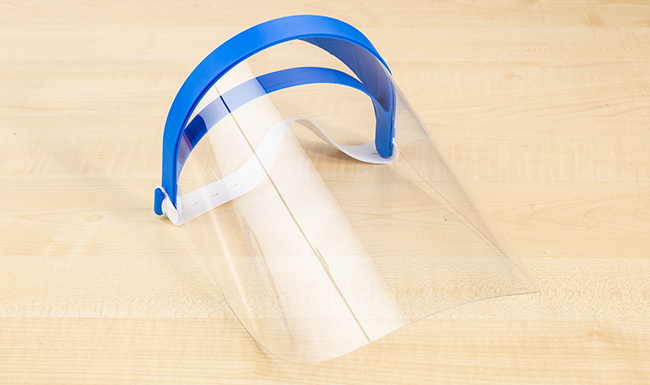 The infection may also result from the aerosol getting into contact with eyes”, explains Romanowski. According to him, a properly designed medical helmet protects the nose, mouth, eyes, and the rest of the face.
The infection may also result from the aerosol getting into contact with eyes”, explains Romanowski. According to him, a properly designed medical helmet protects the nose, mouth, eyes, and the rest of the face.
Initially, two alternative helmet designs have been put forward. The first one was a simple head mount without a peak.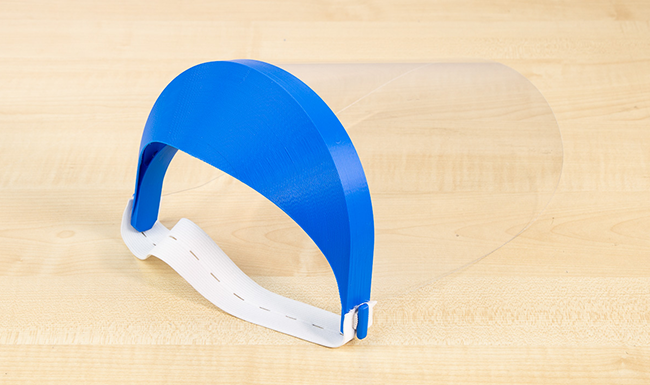 The design was the consulted with experts at the Department of Disaster and Emergency Medicine at the Jagiellonian University in Cracow, Poland, who suggested adding a peak at the front to prevent the aerosols from getting behind the visor through a gap at the top of the helmet. The helmet’s design is available in Zortrax Library. There are also detailed instructions on how to assemble them after printing in the video below.
The design was the consulted with experts at the Department of Disaster and Emergency Medicine at the Jagiellonian University in Cracow, Poland, who suggested adding a peak at the front to prevent the aerosols from getting behind the visor through a gap at the top of the helmet. The helmet’s design is available in Zortrax Library. There are also detailed instructions on how to assemble them after printing in the video below.
Rapid Manufacturing
“Of course, off-the-shelf helmets have a few functionalities the 3D printed counterparts are lacking. You can adjust the fit or move the visor up and down for example. But those are minor shortcomings which do not make the 3D printed helmets less effective. All the key features are there and they serve their purpose”, says Romanowski. Finally, the adjusted design was given a go and the 3D printing operation started.
To manufacture the first batch of the helmets, nearly 20 Zortrax 3D printers are currently running 24/7.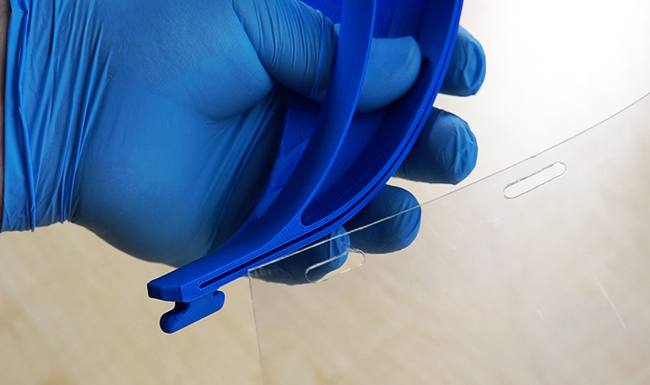 The chosen materials include Z-PETG and Z-GLASS which can be sterilized with commonly used disinfectants. This way the helmets can be made reusable, since helmets printed with materials like PLA which cannot withstand sterilization should be used only once. Using the 3D printing technology also allowed to implement innovative ideas developed based on the input from Chinese paramedics, already experienced in fighting the COVID-19 pandemics.
The chosen materials include Z-PETG and Z-GLASS which can be sterilized with commonly used disinfectants. This way the helmets can be made reusable, since helmets printed with materials like PLA which cannot withstand sterilization should be used only once. Using the 3D printing technology also allowed to implement innovative ideas developed based on the input from Chinese paramedics, already experienced in fighting the COVID-19 pandemics.
Implementing Color Codes
“One of the issues our Chinese colleagues encountered was that protective gear they were wearing was perfectly uniform which caused difficulties in recognizing who is who on the scene”, says Romanowski. According to him, the full protective gear covers pretty much everything except for the eyes. “Now, in crisis management you often have teams from multiple different facilities working side by side. The thing is, people do not know each other. You can’t tell a doctor from a nurse, a paramedic from a radiographer and so on. We figured 3D printing allows making the helmets in different colors.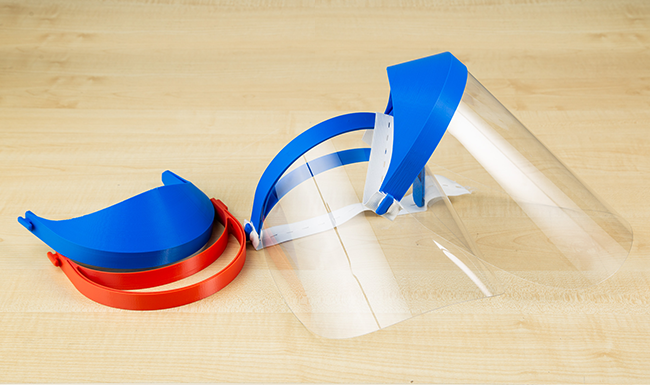 So, we want to use color coding make recognizing the right people on the scene faster”, explains Romanowski.
So, we want to use color coding make recognizing the right people on the scene faster”, explains Romanowski.
Zortrax is currently committing more and more of its 3D printers to manufacturing of key medical equipment. It is important to remember, though, that not all medical devices can be 3D printed, and some of them need specific certificates to be used in the field. Before committing to a 3D project of this kind, however, it is best to contact your local hospital or Red Cross branch and ask about their current requirements.